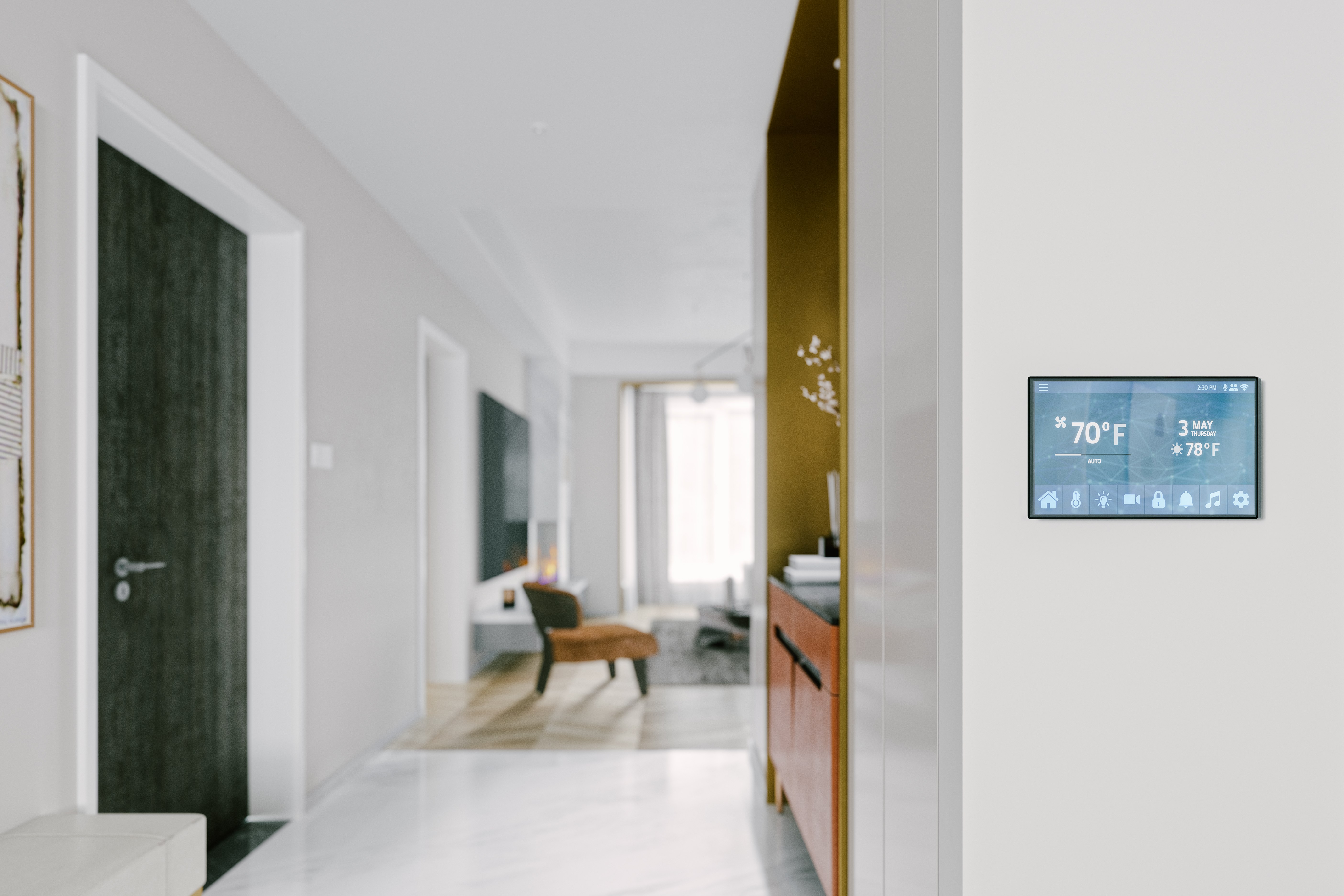Indoor air quality is a term used to describe the amount of air pollutants that are present in an indoor environment. These pollutants can come from a variety of sources, including dust, pet dander, mold, volatile organic compounds (VOCs), and more. Poor indoor air quality can lead to a host of health problems, such as respiratory illnesses.
While nobody wants to deal with the hassle of poor air quality, it is possible to spot the signs before it becomes a major problem. Here are some of the most common signs that indicate an issue with indoor air quality in your home.
1. High Humidity Levels
High levels of humidity can contribute to several factors that worsen indoor air quality. Mold and mildew, for example, thrive in humid environments. Dust mites, another common airborne allergen, can only survive when the humidity level is above 50%. It goes without saying that if the humidity in your home is high, your indoor air quality is likely suffering as well. High humidity can be difficult to detect, but you may notice condensation on windows or a damp feeling in the air.
2. Significant Dust Buildup
All homes have some level of dust, but there’s a limit to what’s normal. If you notice that your furniture, window sills, or other surfaces quickly become covered in dust no matter how often you clean them, it’s a sure sign of poor indoor air quality. The dust you can see is only a fraction of what’s actually in the air, so any significant accumulation should be taken seriously.
3. Musty Odors
Poor indoor air quality can’t always be smelled, but certain conditions can allow odors to permeate the air. Musty smells are particularly indicative of mold or mildew growth in the home, both of which can contribute to poor air quality. These smells may be strongest in certain rooms or near damp areas, such as a basement or attic, and be accompanied by a stale, stuffy feeling.
4. Uneven Temperatures
Your indoor air quality is only as good as the air circulation in your home. If you notice that certain rooms in your home are hotter or colder than others, it’s a sign that the ventilation is inadequate and potentially contributing to poor air quality. Uneven temperatures can also be caused by dust buildup on vents and other HVAC components, further exacerbating issues with indoor air.
5. Frequent Colds
Everyone gets sick from time to time, but if you or someone in your household is constantly getting colds and other respiratory illnesses, it could be a sign of poor indoor air quality. Pay attention to the frequency of illnesses and see if there’s a pattern. Airborne illnesses travel more easily through stagnant air, so if your home has poor air circulation — and thus poor air quality — illnesses may spread more quickly throughout your home.
6. Worsened Asthma or Allergies
People in Graham, NC with asthma or allergies are especially sensitive to indoor air pollutants. If you or someone in your household suffers from one of these chronic conditions and experiences more frequent symptoms, such as wheezing, when indoors, it’s likely a sign that the air isn’t as clean as it should be. Allergens such as dust mites and pet dander are common culprits behind worsened asthma or allergy symptoms, so pay extra attention to these sources of poor air quality in the home.
7. Persistent Headaches
Headaches are a highly non-specific health symptom that can point to a number of different conditions. But if you experience persistent headaches in your home after a doctor has ruled out other causes, it might be due to poor indoor air quality. Pollutants such as volatile organic compounds (VOCs) from cleaning products, paints, and other household items can cause headaches and other neurological symptoms.
8. Poor Sleep
If you find yourself having trouble sleeping night after night, poor air quality could be to blame. Carbon dioxide can build up in a poorly ventilated room and lead to restlessness. High levels of volatile organic compounds (VOCs) are also linked with sleep disturbances, such as difficulty falling or staying asleep.
9. Skin Irritation
The skin is the body’s largest organ, and it is highly sensitive to environmental contaminants. Long-term exposure to irritating airborne particles can cause redness, itching, peeling, flaking, or rashes, especially in people with eczema and other skin conditions. If you or a loved one is experiencing these symptoms with no clear cause, it may be due to poor indoor air quality.
10. Itchy or Watery Eyes
Eyes contain mucous membranes that make them particularly vulnerable to airborne irritants. If you or someone in your household frequently experiences itchy, watery, or red eyes while at home, poor indoor air quality could be the culprit. This is especially likely if the eye irritation only occurs indoors and not outside.
11. Unexplained Cough
A cough that persists without a known cause should always be evaluated by a doctor. But if the cough is only present indoors, it could be due to an issue with your home’s air quality. Common sources of coughing include smoke, pet dander, mold, and certain airborne chemicals, such as ammonia and formaldehyde.
12. Excessive Fatigue
Many environmental pollutants can have a subtle, long-term effect on your health. If you feel more fatigued than usual and don’t know why, it’s worth considering if your home’s air quality is contributing. Carbon monoxide, mold spores, pet dander, and other airborne contaminants have all been linked to chronic fatigue and exhaustion in people exposed to them over an extended period of time.
13. Unusual Pet Behavior
Pets can be equally — if not more — sensitive to air pollution than humans. If you notice your dog or cat pawing at its face, scratching itself more often, sneezing excessively, experiencing weepy eyes, or having less energy than usual, poor air quality could be to blame. It’s best to rule out other causes with your pet’s veterinarian, but if the issue persists without explanation, consider having your indoor air quality professionally assessed.
While one of these signs in isolation might not be enough to draw conclusions about your home’s air quality, multiple factors can provide a more complete picture. Pay attention to any of the warning signs outlined above — if you suspect your indoor air quality could use some help, Thermo Direct can help you assess the situation and find the right solution for your home. We’ve been providing superior heating, cooling, electrical, plumbing, and indoor air quality services to Raleigh homeowners for over two decades, and we’re proud to serve as your trusted HVAC experts. Contact us today to learn more about how we can help you improve the air in your home and enjoy better health and comfort for years to come.









